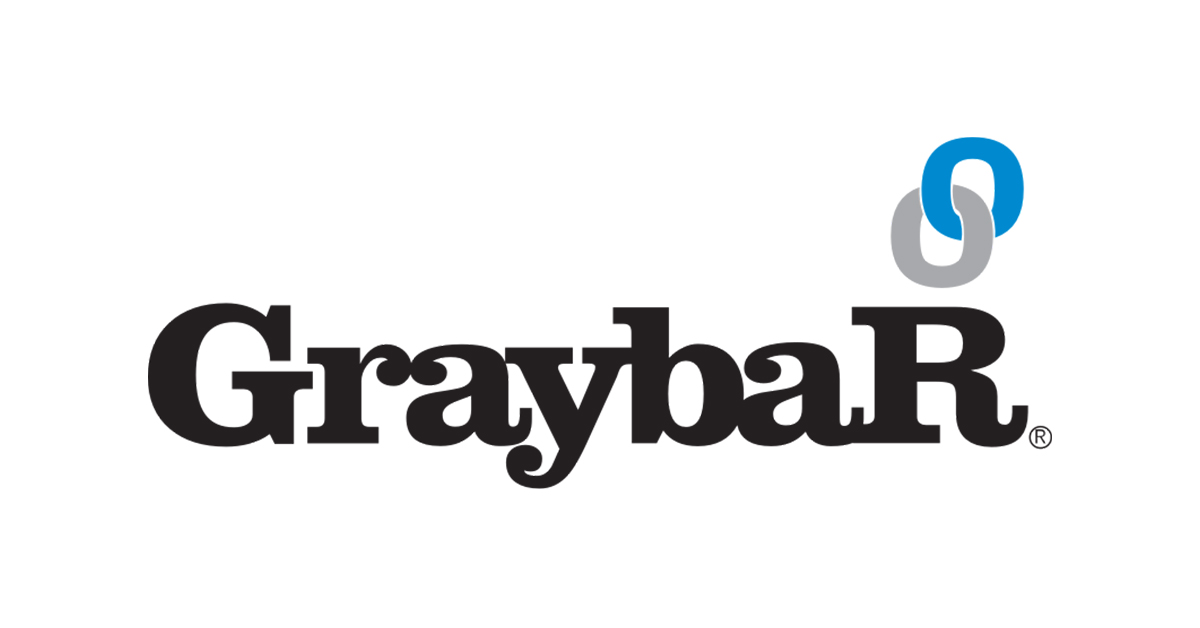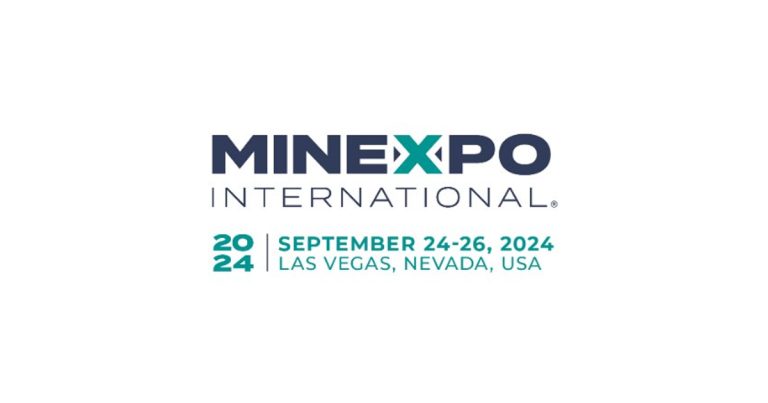
Sign Up for MINExpo 2024, Taking Place September 24-26, 2024
You go to great depths to provide the materials required to build, run and power the modern world. At MINExpo INTERNATIONAL, the industry’s largest global mining event, you will uncover new products and transformative technology that can help you increase productivity and safety. Massive machinery. Innovative solutions. Essential resources. Every element from exploration, planning and processing to safety, sustainability and reclamation is available.
Sponsored Content
Using Arc-Flash Relays to Maximize PV Equipment Protection and Uptime

The size of photovoltaic (PV) systems is growing beyond 2- and 3-gigawatts, and they require more solar modules, combiner boxes, and inverters. When these systems expand to this level of power capability, the number of cable/wiring connections (and failure points) increases substantially.
The Littelfuse technical paper, Arc-Flash Relays – A Valuable Detection Solution for Photovoltaic Systems, validates using arc-flash relays for large-scale installations, in addition to overcurrent protection, for maximum equipment protection, mitigation of incident energy levels, and reaction to arcs before they cause irreparable damage.
Products for Panel Builders
-
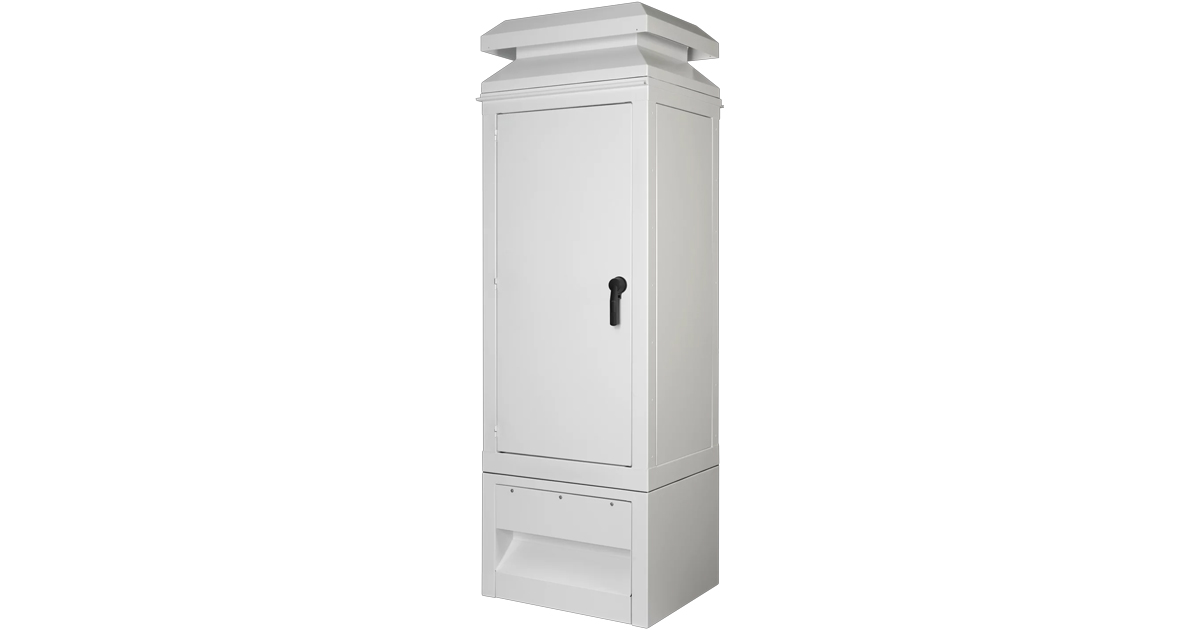
nVent HOFFMAN: WeatherFlo HD One-Door Frame Type 3R
nVent HOFFMAN excels at modifying and customizing products to your specifications. Modification options for WeatherFlo HD include: size changes, custom paint, and holes and cut-outs. Contact your local HOFFMAN sales office or distributor for complete information. WeatherFlo HD Enclosures are designed to protect and cool 100-500 HP variable frequency drives. These enclosures provide an integrated… Read More…
-
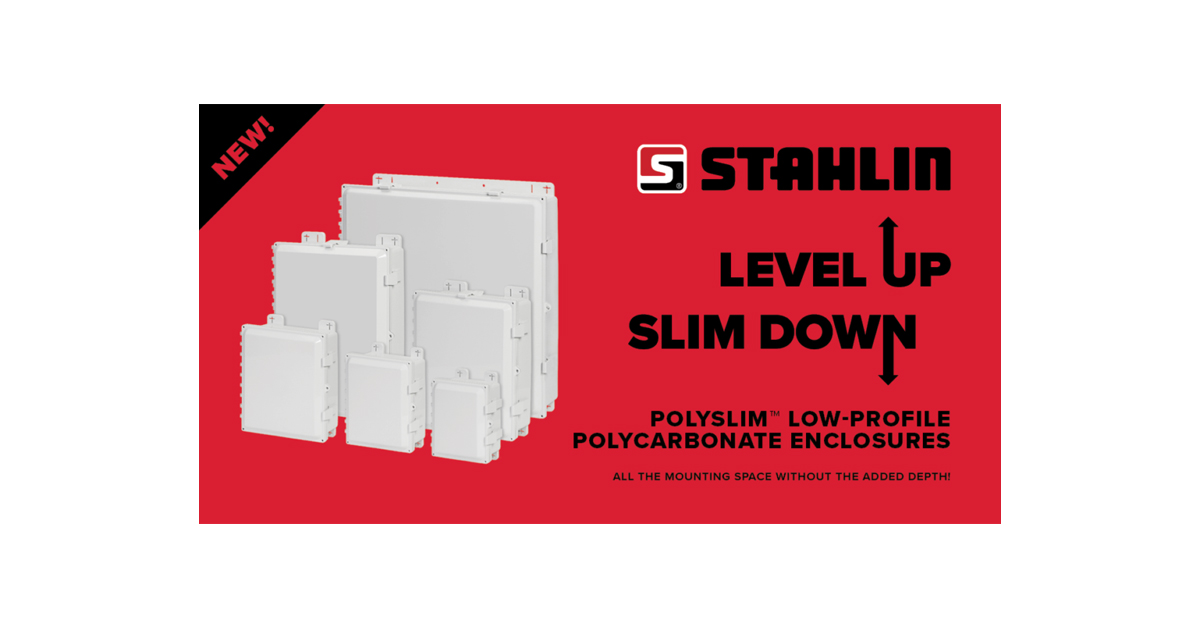
Stahlin: PolySlim Low-Profile Electrical Enclosures – Cutting-Edge Sizes in Polycarbonate for OEMs and Installers
Explore the latest PolySlim low-profile electrical enclosures, offering groundbreaking sizes in polycarbonate material. Tailored for OEMs and Installers in the electrical control and wireless communications sectors, these enclosures redefine space efficiency. Perfect for confined areas, exterior building placements, and safeguarding valuable equipment in public spaces, PolySlim enclosures excel with their durability, lightweight design, and visual… Read More…
Sponsored Content
PULS PIANO Series DIN Rail Power Supplies

The PULS PIANO Product Family (36 W – 480 W, single-phase) is designed for users who need reliable, easy-to-use and cost-effective DIN rail power supplies which provide basic functions without compromises on PULS’ renowned qualities: high efficiency, product lifetime, reliability and compact sizes. Access PULS’ updated PIANO Series DIN Rail Power Supplies Brochure for the North American market.
Featured Articles
-

The Importance of Digitalization in Accelerating Enclosure Modification
A recent survey found that the top concerns for manufacturers this year center on leveraging digital technology to help increase performance and resilience to market fluctuations, and the ability to overcome continued labor shortages in service of meeting customer demands. The capability to combat these difficulties means building an industrial automation infrastructure using custom solutions that are… Read More…
-

5 Potential Levels of Automation for the Autonomous Mine of the Future
ABB is already participating in implementation of autonomous systems projects in mining, outlining the levels of automation from those that are currently present in industry, to those that are feasible moving forward. Digitalisation and automation are set to be the defining mining industry trends of the 21st century. Innovations in artificial intelligence (AI), machine learning… Read More…
News for Panel Builders
-
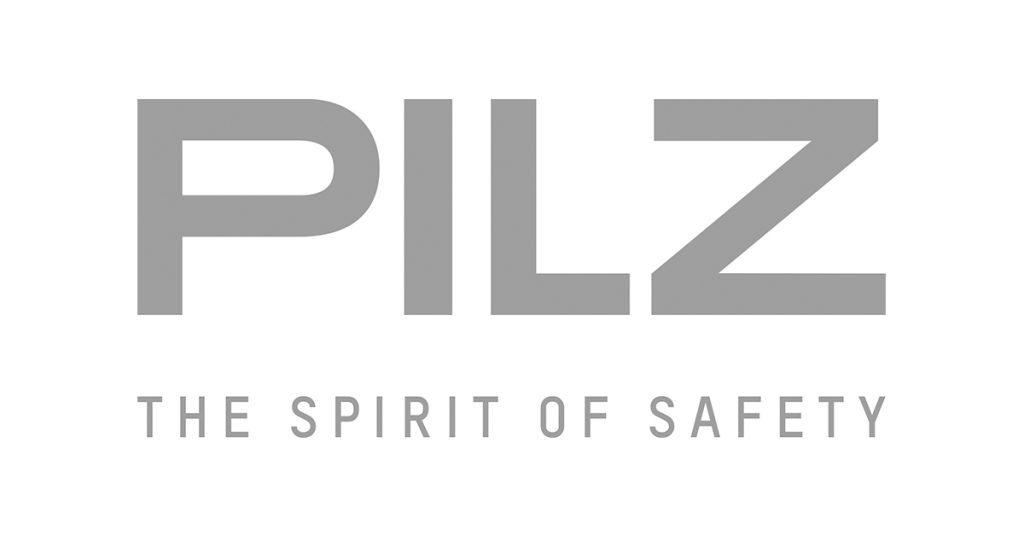
Pilz Training Courses on Plant and Machinery Safety
Plant safety is vitally important for the safe operation of technical plants. As a machine manufacturer or operator you are legally obliged to ensure the safety of plant, machinery and devices. Further training for safety officers and employees is the key to success here. With this knowledge you can operate plants more efficiently and safely carry… Read More…

